€3.48
/ per pack
Choose seeds per pack:
Botanical nomenclature: dalbergia sissoo
Common name: shisham jacaranda, sheesham wood, shisham wood, indian rosewood
Family: fabaceae
Origin: himalaia soup of india, pakistan and nepal
Height: 15 – 25 meters height and 2 to 3 meters diameter.
Luminosity: partial shadow and full sun
Jacaranda is the name in portuguese and english designated the woods of genero dalbergia.
Its rapid growth (up to 3 meters in its first year), tolerant of light frosts and long dry periods.
Shisham is known international as a premium wood species in jacarandá. His harness is golden to dark brown, brown, from pale brown to white.
Dalbergia sissoo is the tree of the state of punjab (india) and the province of punjab (pakistan).
It is found growing mainly on the banks of the rivers, at altitudes ranging from (0 – 1,500 meters). Average temperature may vary from (below zero to 50ºc), can resist from average 2,000 million annual precipitation to dry 3 to 4 months. Soils may vary from pure sand and gravel to rich aluvião in river rivers. Are intolerant the shadow.
In bihar (northern india), shisham’s largest producer, the tree is planted on the roadside, along the channels and as a shadow tree for tea plantations.
Shisham is among the best woods for furniture and folding in cabinets, musical instruments, boats, sculptures, floors, luxury car finishing, and others.
The cerne is extremely durable and resistant to coupins.
As wood for fuel is cultivated in a 10 – 15 years rotation, calorific power for alburn and cerne is related to be excellent (4,908 kcal / kg and 5,181 kcal / kg, respectively). The species have excellent coppicing (capability for new trunk and / or root growth), various cutting cycles.
Young bark are light and dark as the aging, growth is very fast.
*** dalbergia sissoo is known for containing neoflavonoid dalbergichromene, it can be extracted from the hair and cerne’s bark. Neoflavone isolated for the first time from natural sources was calophylloide, from calophyllum inophyllum seeds.
| Weight | N/A |
|---|
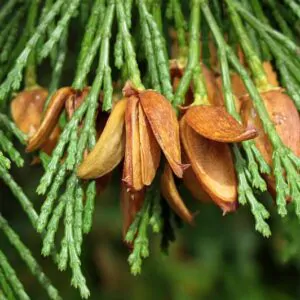
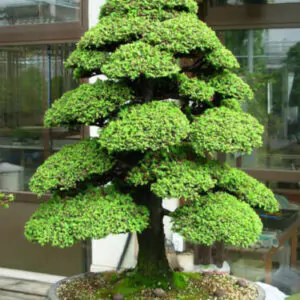
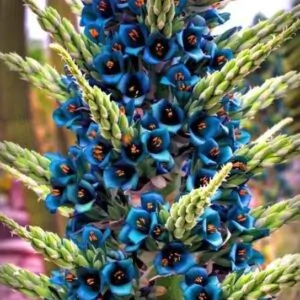
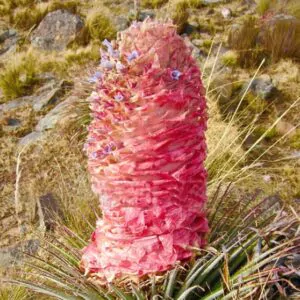
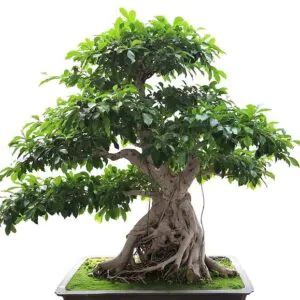
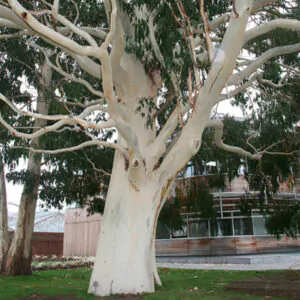
| Cookie | Duration | Description |
|---|---|---|
| cookielawinfo-checkbox-analytics | 11 months | This cookie is set by GDPR Cookie Consent plugin. The cookie is used to store the user consent for the cookies in the category "Analytics". |
| cookielawinfo-checkbox-functional | 11 months | The cookie is set by GDPR cookie consent to record the user consent for the cookies in the category "Functional". |
| cookielawinfo-checkbox-necessary | 11 months | This cookie is set by GDPR Cookie Consent plugin. The cookies is used to store the user consent for the cookies in the category "Necessary". |
| cookielawinfo-checkbox-others | 11 months | This cookie is set by GDPR Cookie Consent plugin. The cookie is used to store the user consent for the cookies in the category "Other. |
| cookielawinfo-checkbox-performance | 11 months | This cookie is set by GDPR Cookie Consent plugin. The cookie is used to store the user consent for the cookies in the category "Performance". |
| viewed_cookie_policy | 11 months | The cookie is set by the GDPR Cookie Consent plugin and is used to store whether or not user has consented to the use of cookies. It does not store any personal data. |